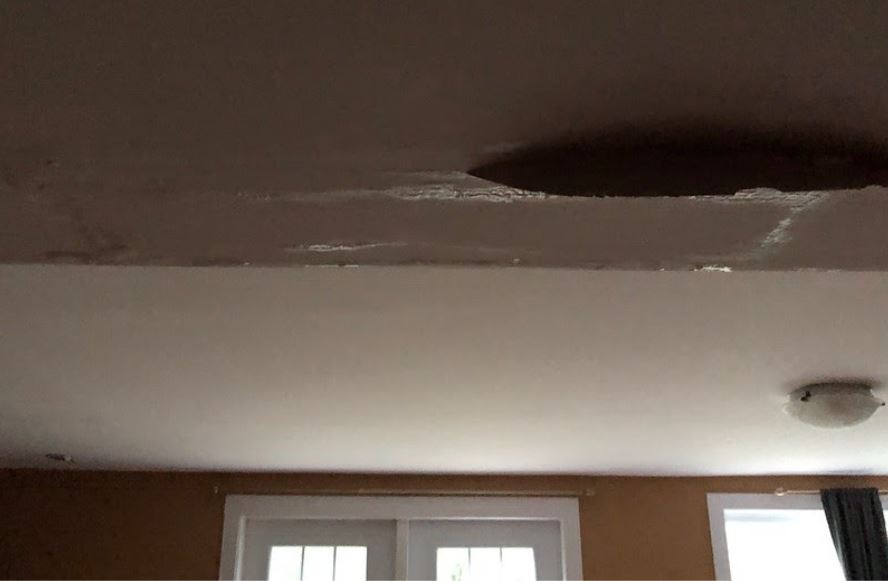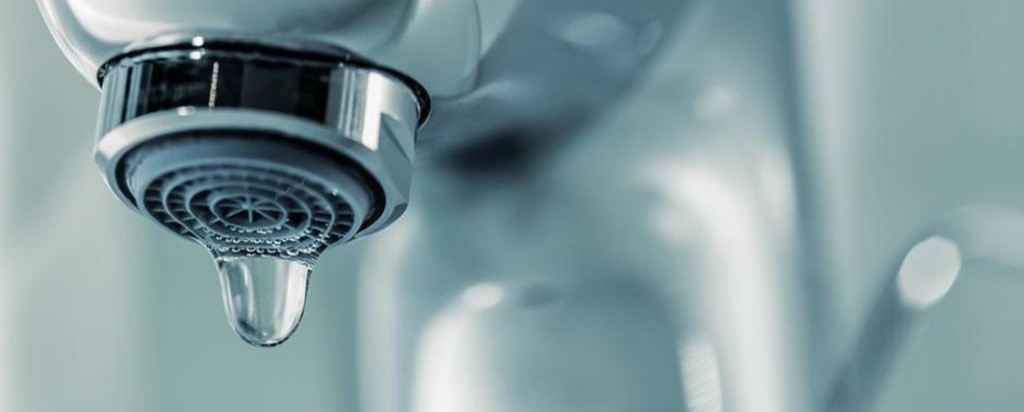Unveiling Common Triggers Behind Residential Water Leak Concerns
Unveiling Common Triggers Behind Residential Water Leak Concerns
Blog Article
They are making several great points relating to Most Common Causes of Leaky Pipes as a whole in the content down the page.

Leakages not just create waste of water but can also cause unneeded damages to your home and promote unwanted natural growth. Water leaks may go unnoticed since many of the pipework in our home is concealed. By understanding and looking for day-to-day situations that create leaks, you can secure your residence from future leakages and unneeded damage. Today, we will certainly look at 6 leakage creates that may be triggering your pipes to leak.
Intruding origins
Most water leakages begin outside the residence rather than inside it. You could discover wet spots or sinkholes in your yard, and that may indicate that tree roots are attacking water lines causing water to permeate out.
Corroded water supply
As time goes by, your plumbing system ages as well as rust such as corrosion may begin gnawing the pipelines. This could be the root cause of staining or bending on your pipes. This asks for an examination with your plumber quickly. Consider changing the pipelines considering that they are at a higher threat of rust than the newer designs if our plumbing system is old.
Faulty Pipe Joints
Pipeline joints can degrade over time, resulting in water leakages. If you have noisy pipelines that make ticking or banging noises, especially when the warm water is transformed on, your pipe joints are possibly under a lot of stress.
Instantaneous temperature level modifications.
Extreme temperature level modifications in our pipelines can cause them to broaden and also contract unexpectedly. This development and also tightening may trigger fractures in the pipes, especially if the temperature level are below freezing. It would certainly be best if you kept an eye on how your plumbing works. The existence of the previously stated conditions frequently indicates a high threat.
Poor Water Connectors
Sometimes, a leakage can be brought on by loosened tubes and also pipes that supply your appliances. Usually, shifting is what creates the loose water Links. You might locate in the case of a washing maker, a hose pipe might spring a leakage because of shaking during the spin cycle. In case of a water connections leakage, you might discover water running straight from the supply line or puddles around your devices.
Obstructed Drains
Blocked drains pipes could be bothersome and inconveniencing, however they can in some cases end up triggering an overflow leading to break pipes. Keep removing any materials that may decrease your drains that might clog them to prevent such hassles.
All the above are causes of leakages yet not all water leakages arise from plumbing leakages; some leakages may originate from roofing leakages. All leaks ought to be fixed right away to stay clear of water damage.
Leakages not just create waste of water but can also create unnecessary damages to your house and advertise unwanted natural growth. By understanding and looking for daily situations that cause leakages, you can protect your residence from future leakages and unneeded damages. Today, we will look at six leak creates that might be causing your pipes to drip.
At times, a leak can be triggered by loosened hose pipes and pipelines that supply your devices. In case of a water connections leak, you might notice water running straight from the supply line or pools around your devices.
How To Check For Water Leak In Your Home
How To Check for Leaks
The average household's leaks can account for nearly 10,000 gallons of water wasted every year and ten percent of homes have leaks that waste 90 gallons or more per day. Common types of leaks found in the home are worn toilet flappers, dripping faucets, and other leaking valves. These types of leaks are often easy to fix, requiring only a few tools and hardware that can pay for themselves in water savings. Fixing easily corrected household water leaks can save homeowners about 10 percent on their water bills.
To check for leaks in your home, you first need to determine whether you're wasting water and then identify the source of the leak. Here are some tips for finding leaks:
Take a look at your water usage during a colder month, such as January or February. If a family of four exceeds 12,000 gallons per month, there are serious leaks.
Check your water meter before and after a two-hour period when no water is being used. If the meter changes at all, you probably have a leak.
Identify toilet leaks by placing a drop of food coloring in the toilet tank. If any color shows up in the bowl after 10 minutes, you have a leak. (Be sure to flush immediately after the experiment to avoid staining the tank.)
Examine faucet gaskets and pipe fittings for any water on the outside of the pipe to check for surface leaks.
Undetected water leaks can happen without the home or business owner even realizing. If you suspect a water leak, but not able to find the source. It is time to contact a professional water leak detection service, The Leak Doctor.
How To Find a Water Leak In Your Home
https://www.leakdoctor.com/blog/How-To-Check-For-Water-Leak-In-Your-Home_AE197.html

I found that post on Top Causes of Home Water Leaks while doing a lookup on the internet. For those who enjoyed reading our article if you please don't forget to pass it around. Many thanks for your time. Please come visit our blog back soon.
Clog issue? Reach out! Report this page